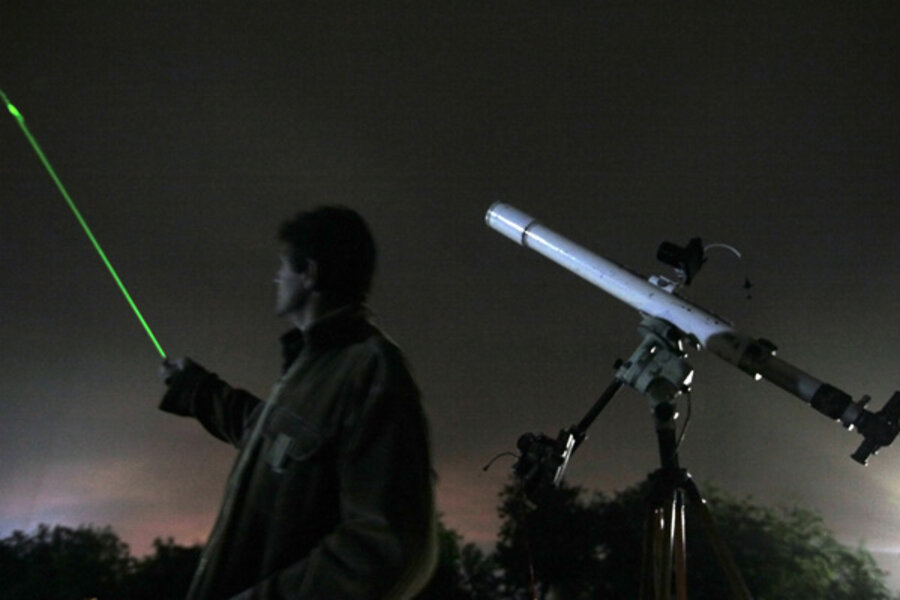Orionid meteor shower from Halley's Comet has big finish Thursday night
Loading...
Halley's Comet won't zoom near Earth again for another 50 years, but the ice ball may still put on a show for some skywatchers this week in the form of a meteor shower.
Astronomers in Canada have snapped photos of meteors that are actually bits of Halley's Comet left behind during its long, looping, 76-year trip around the sun. [Photo of a meteor from Halley's Comet.]
Twice a year — in early May and mid-October — Earth plows through this cometary debris field and chunks of Halley's Comet burn up high in our planet's atmosphere, producing a meteor shower.
This year's October shower — called the Orionid meteor shower, because it appears to come from the constellation Orion — has been going on since Oct. 15, according to NASA officials. It will peak today (Oct. 21).
Watching Orionids is easy, but conditions must be right. Skywatchers should try to find a clear, dark sky far from pesky city lights.
This skywatching table shows prime Orionid meteor shower viewing times for some select U.S. cities.
Here's how to spot the Orionids:
Go out after 11 p.m. local time, lie down and look straight up. Once your eyes become dark-adapted, you'll start to see meteors. Any of these that appear to come from Orion will be an Orionid, and therefore represent a piece of Comet Halley doing a death dive into our atmosphere.
In completely dark skies, skywatchers can normally expect to see up to 30 Orionid meteors per hour, NASA officials said in an update. Unfortunately, the light from the nearly full moon this week will wash out the fainter meteors, so the shower won't be quite so dramatic.
Orionids move very fast, rocketing into the atmosphere at 147,300 mph (237,581 kph). At such an enormous speed, the meteors don't last long, burning up very high in the atmosphere.
Last year, the NASA allsky cameras at Marshall Space Flight Center in Huntsville, Ala., and in Chickamauga, Ga., recorded 43 definite Orionid meteors, NASA officials said. Most of these appeared at an altitude of 68 miles (110 kilometers) and completely burned up by the time they were 60 miles (97 km) above the ground.
Halley's Comet is about 7 miles (11 km) across, and the comet is visible from Earth every 75 or 76 years. It is named after 18th century astronomer Sir Edmond Halley, who predicted its return in 1758.
The comet last returned to the inner solar system in 1986 and will come back in 2061 or so. Stargazers have noted its regular appearances in the sky for thousands of years, including apparent comet sightings in ancient Greece that date back to 466 B.C.
The May meteor shower caused by Halley's Comet is known as the Eta Aquarids, as the meteors appear to come from the constellation Aquarius.
- Images - The Best of Leonid Meteor Shower
- The Best Comet Images of All Time
- Moonlight Meteor Shower Spawned By Halley's Comet
IN PICTURES: Meteor showers





